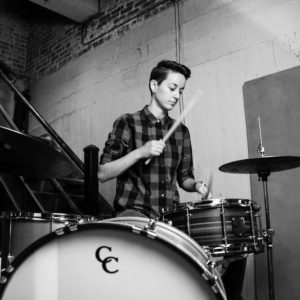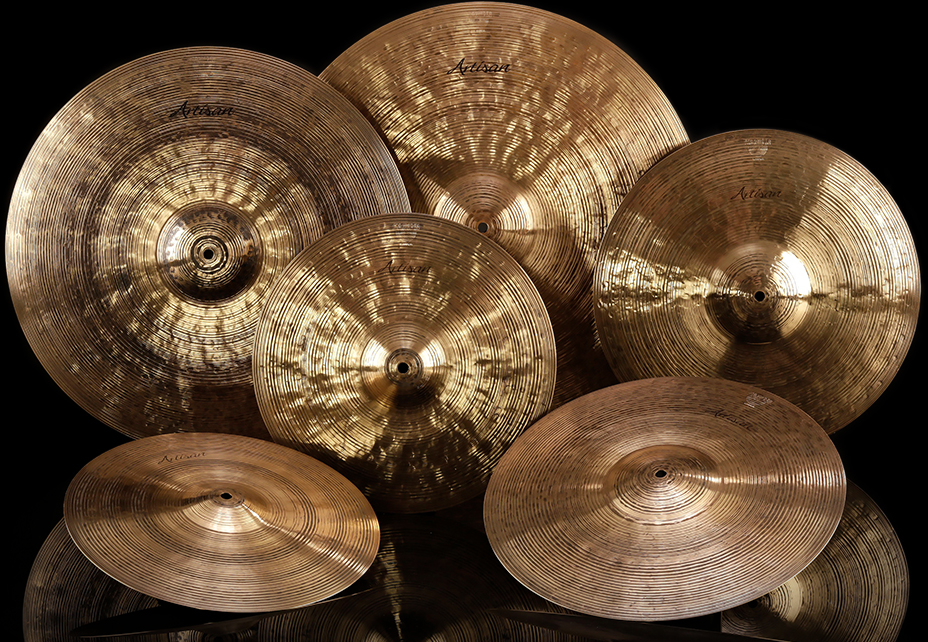You hit the crashes, ride, and open and close the hi-hat. That’s about all there is to do with your cymbals, right? …Not quite. Here are some aspects of cymbal-playing that are often overlooked.
#1 – Splashing your hi-hat. You already use the hi-hat pedal to get that “chick” sound, and you do almost the same thing to

splash. It’s all about touch; if you use the pedal too strongly and with a heavy foot, you’ll get the same “chick” sound. At the same time, if you hit it too lightly, the cymbals won’t get the crashing sound that you want. So use a strong movement to get the crash, but don’t use a heavy foot that might dampen the sound.
#2 – China cymbals. For the longest time, I had no idea when to use the China. I just saw it as another crash. Personally, I’m a firm believer in “no rules” for playing drumset (exception = physical technique-y things that could cause serious hurt in the long run), so on one hand I say you can use it for whatever the heck you want. On the other, the China is really great for transitions. It’s got a darker, different sound from the everyday crash, so it works great for entering into new parts of a song.
#3 – That thing that Jerome Flood did with the thing. Jerome Flood II, the DrumOff Champ from 2008, played the edges of his cymbals during his winning solo. He held his sticks vertically and swung them like pendulums to hit the horizontal edges of various cymbals. This produces a really awesome chime-like effect, and can be seen here, around 0:50:
#4 – The Ride Cymbal bell. This one’s my favorite. It’s pretty self-explanatory, but a ride cymbal bell (the bump in the middle of the cymbal, as seen above) can be a great substitute for, say, a cowbell or a jam block. It cuts through music. The sound produced by the bell of the ride cymbal is pure gold. Just remember that gold in excess can become rather dull.
#5 – The Classic Cymbal roll. You just can’t beat the classics. Use sticks, brushes, mallets, whatever. For the best sound, start in the middle of the cymbal; near, but not on, opposite sides of the bell. Start rolling slowly, and gradually speed up your strokes as you move your sticks to the cymbal’s outer-edges.
I’m sure there are bagillions (I did my research, that number is totally legit) of other noises and effects to be made with cymbals. Play around; see what you can get out of them. Teach me a thing or two.
~Bianca.

Photos by Bianca Russelburg


